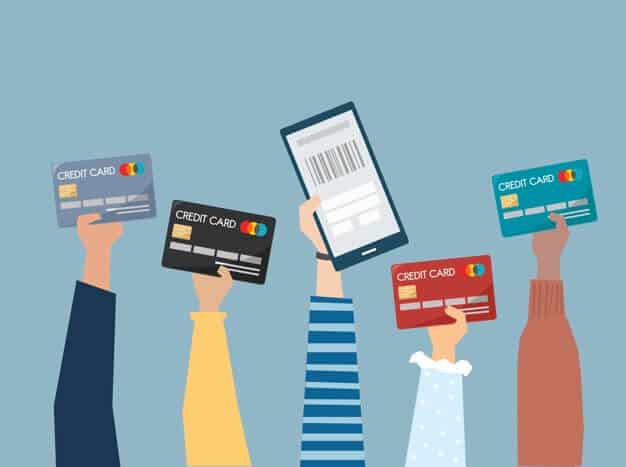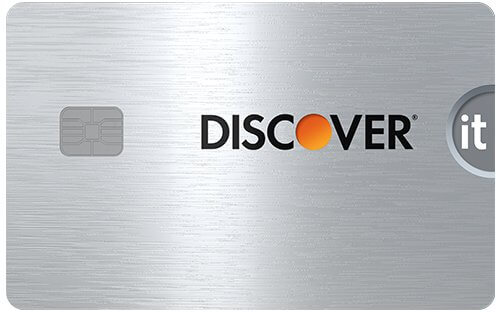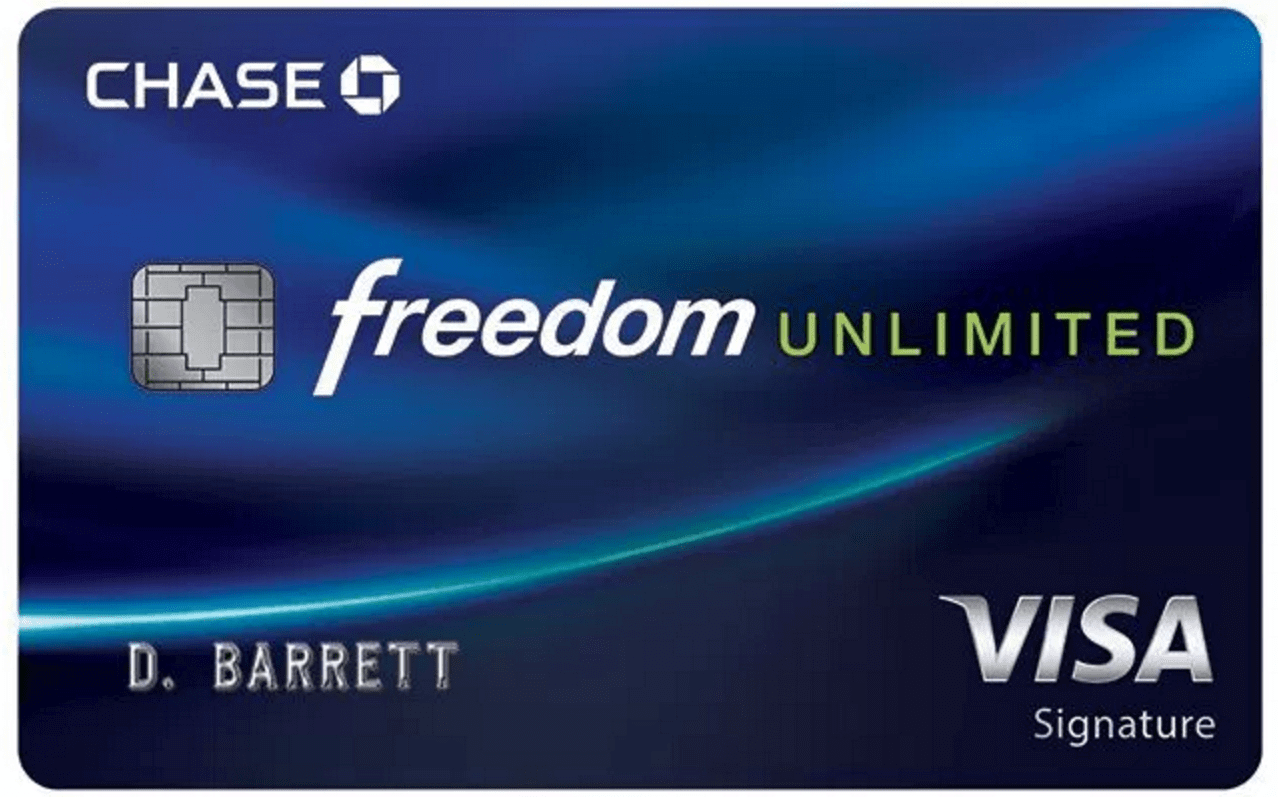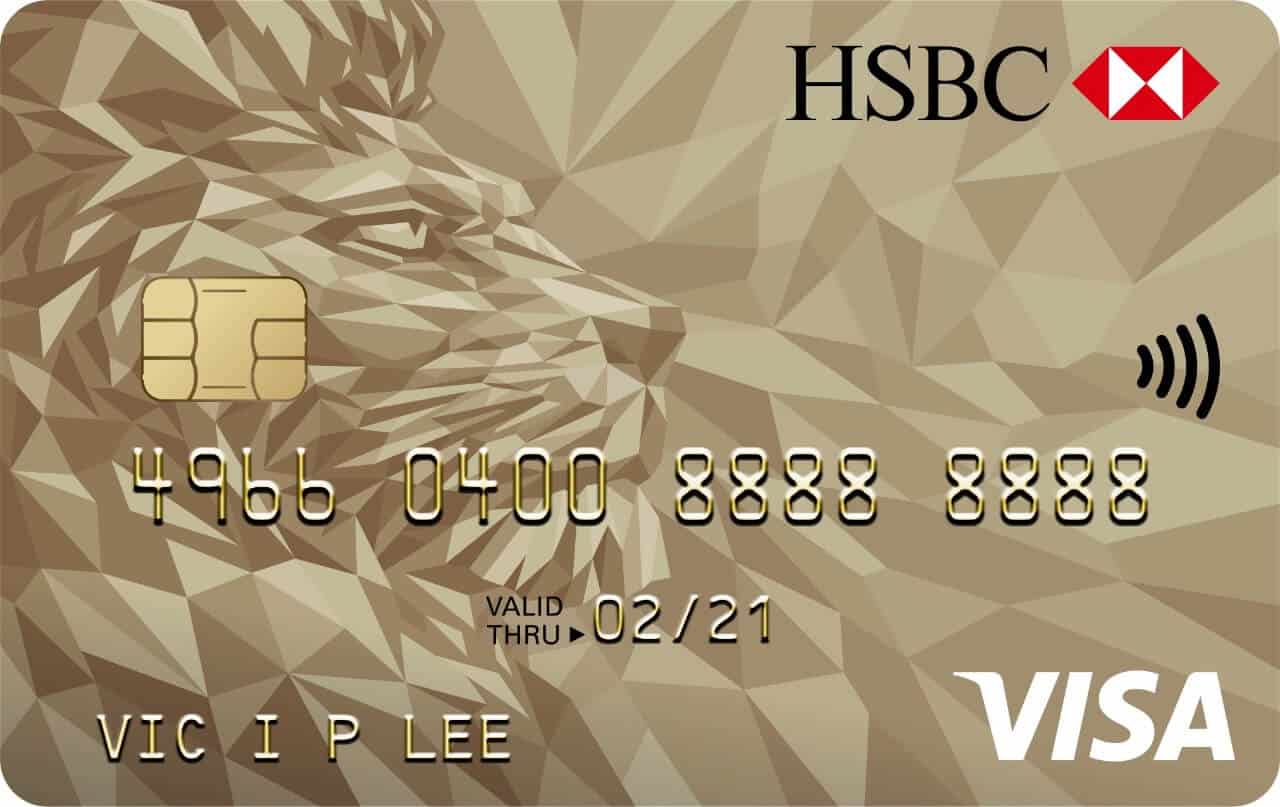Best No Interest Credit Cards 2020
Although you should still take caution when taking out new debt products, credit cards can be a useful form of debt to hold when managed sensibly. In fact, with the credit card arena now somewhat over-saturated in the US, there are now a plethora of providers that offer 0% interest on both balance transfers and purchases for a set period of time.
If that sounds like something you’re interested in, it’s well worth reading our guide on the Best No Interest Credit Cards for 2019. On top of listing the best providers, we also explain how a 0% no interest credit card works, with respect to both purchases and balance transfers.
What is a no interest credit card?
As the name suggests, a no interest credit card is simply a credit card that comes with 0% interest. However, it is important to note that the 0% offer is only available for a set period of time. For example, a financial institution might offer a no interest credit card for 15 months.
This means that as long as you always meet your minimum monthly payments, then you’ll benefit from 15 monthly payment periods that come with no interest. Let’s look at a quick example to see how a no interest credit card typically works.
- Capital One offers a 0% interest credit card for 18 months. You apply for the card and you are approved instantly.
- You purchase an annual train pass that costs $4,000.
- In order to benefit from the full 18 months of 0% interest, you decide to make 18 equal payments of $222.22.
- This means that in effect, you’ve paid back the entire $4,000 over the course of 18 months, without paying a single cent in interest!
As you will see from the above example, by utilizing the benefits of your 0% introductory offer, you essentially obtained financing for free. If you had instead obtained an 18 month loan to pay for your $4,000 train pass in-full, then you would have had to pay interest.
In fact, depending on your individual credit profile, you could have paid anywhere between 6% APR and 36% APR for a personal loan. However, by using a no interest credit card, you paid nothing!
Types of no interest credit cards
If you’re looking to obtain a no interest credit card, then this is typically for one of two reasons. Either you’re looking to obtain the card to benefit from 0% purchases, or you want to use it to transfer balances from another credit card, with the view of cutting your debt interest payments to zero. Let’s explain both of these purposes in more detail.
0% Purchases
In the example that we gave in the previous section on spreading a $4,000 train pass payment over 18 months, this would fall within the ‘0% Purchases’ category. As the name suggests, the overarching aim is to purchase goods and services on credit, without paying any interest. As great as this sounds, it is crucial that you understand how the process works.
💳 Eligible Purchases: First and foremost, you need to ensure that your no interest credit card purchases are being used on the right products and services. Typically, purchases can be made online, in-store, or over the phone. It is always worth checking the terms and conditions of the credit card before taking it out, just to make sure your desired purchases qualify.
💳 Never Withdraw Cash: Although your no interest credit card is likely to come with a cash credit balance – meaning that you can withdraw money from an ATM, you should avoid this at all costs. In the vast majority of cases, a cash withdrawal does not count as a purchase and thus, you WILL pay interest. In fact, this usually costs in the region of 3% of the amount withdrawn.
💳 Always Pay the Minimum: In order to benefit from the full 0% interest-free period, you still need to ensure that you always make the minimum monthly payment. This will vary from provider-to-provider, although it typically averages the greater of 1% of the outstanding balance, or $25. Take note, if you do miss a payment, then it is all-but certain that you will lose your 0% interest offer, and instantly revert to the standard APR rate.
💳 Best for Large Purchases: Although there is usually no minimum purchase amounts that needs to be considered, you are best off using your 0% interest offer for larger purchases (unless the card comes with cashback rewards). For example, rather than using your 0% interest credit card on daily expenses such as groceries or transportation, you would be best off using it for things such as a car, home improvements, or to pay for an annual sporting season ticket.
0% Balance Transfers
The second purpose that no interest credit cards can be used for is to transfer balances from other, interest-bearing credit cards. In effect, this is a highly useful mechanism for the purpose of debt consolidation.
💳 Debt Consolidation: If you are currently holding multiple debts with multiple credit card providers, a 0% balance transfer is a smart option to consider. You effectively pay your outstanding balances off in-full, and subsequently transfer the debt to your newly obtained no interest card card. However, as you are benefiting from 0% interest for a set period of time, you can stop paying interest with immediate effect.
💳 Assess Introductory Period: Unlike purchases, you will only have a set amount of time to engage in a balance transfer. In most cases, this will average 60 days from the date you are approved for the card, although some providers do offer slightly more time. If you fail to transfer your balances within the stipulated time period, you’ll no longer benefit from the 0% balance transfer offer.
💳 Check Balance Transfer Limit: Often overlooked, you also need to check what percentage of your credit card limit can be used on balance transfers. This is usually around the 90% mark, meaning that a $10,000 credit limit would allow you to make $9,000 in balance transfers. Ultimately, you want to obtain a no interest credit card that comes with enough credit to clear your outstanding credit cards in-full.
💳 Balance Transfer Fee: In most cases, you will need to pay a fee to transfer your outstanding balances over to your no interest credit card. This typically averages 3% in the US, meaning that a $5,000 balance transfer would cost you $150. The good news is that some credit card providers now offer zero-fee balance transfers, although this usually comes with a shorter 0% interest period.
The Pros
- 0% interest on purchases
- 0% interest on balance transfers
- Super long interest-free periods of up to 21 months
- Only need to meet the minimum monthly repayment
- Great for paying for large purchases
- Great for debt consolidation
The Cons
- Only suitable if your credit is good or excellent
- If you miss a payment, you’ll revert to the standard APR rate
Criteria used to rank the best credit cards
❓ Only 0% credit cards are considered
❓ Credit cards that come with a credit limit of at least $5,000+
❓ How much of your credit limit can be used on balance transfers
❓ How many months the 0% interest offer lasts for
❓ How much APR you will pay once the offer expires
❓ What credit profiles the card is suitable for
Top 5 no interest credit cards
The Citi Simplicity credit card is typically regarded as the best no interest card for balance transfers. In fact, the 21 months introductory period it offers on balance transfer cannot be rivaled in the credit card arena. If you are instead looking to obtain a no interest credit card for the purpose of making purchases, then the Citi Simplicity card also offers 12 months of 0% interest. It is important to note that the Citi Simplicity credit card is only available if you are in possession of excellent credit. In layman terms, this means that you will need to have a FICO credit score of at least 800, which is no easy feat. Nevertheless, although there are no annual fees to use the card, you do need to make considerations for the 5% balance transfer fee. As such, if you were to transfer $15,000 from other credit cards, this would cost you $750. If you ever miss a payment, or the introductory period expires, then the standard APR rate of between 16.74% and 26.75% will apply on both purchases and balance transfers. [one_half] Key Points: 💳 0% balance transfers for 21 months 💳 0% purchases for 12 months 💳 5% balance transfer fee 💳 APR rate of between 16.74% to 26.75% once the offer expires 💳 No annual fees 💳 Only suitable for excellent credit rating
If you’re looking for the perfect balance between purchases and balance transfers, then the Discover It credit card should be at the top of your list. The credit card provider offers a very tempting 0% interest period of 14 months on both purchases and balance transfers. This gives you a lot more flexibility in deciding how to best use your 0% interest period. However, the overarching benefit of using the Discover It credit card is that you can benefit from monthly cashback. Each and every month, you can earn 5% cashback on purchases, upto a maximum of $1,500. In this sense, the card would actually be useful to use for everyday expenses, as long as you attempt to repay your balance in full each and every month. In you’re instead looking to obtain the Discover It credit card for the purpose of balance transfers, then you do need to consider the 3% fee. This means that a $5,000 balance transfer would cost you $150. Once the 14 month introductory period passess, the standard APR rates ranges from 13.99%, upto a maximum of 24.99%. [one_half] Key Points: 💳 0% balance transfers for 14 months 💳 0% purchases for 14 months 💳 3% transfer fee 💳 APR rate of between 13.99% and 24.99% once offer expires 💳 No annual fees 💳 Suitable for good credit rating or above
Much like in the case of the Discover It credit card, the Chase Freedom Unlimited is suitable for both purchases and balance transfers. Regarding the former, the card comes with a super competitive 15 months of 0% interest purchases. In even better news, you will earn 3% cashback on ALL purchases for the first $20,000 spent. After the first year, this goes down to 1.5%, although there is no limit on the amount of cashback you can get. In terms of the balance transfers available on the Chase Freedom Unlimited, this also covers the full 15 month period. As is industry standard, the card does come with a balance transfer fee of 3%, although no annual fees apply. Irrespective of how you decide to use the card, you will revert to the standard APR rate of between 16.99% and 25.74% once the 15 month introductory period expires. [one_half] Key Points: 💳 0% balance transfers for 15months 💳 0% purchases for 15 months 💳 3% transfer fee 💳 APR rate of between 16.99% and 25.74% once offer expires 💳 No annual fees 💳 Suitable for excellent credit rating only
If you are looking for the longest no interest period on purchases, then it’s difficult to look past the U.S. Bank Platinum Visa. If you qualify, then you’ll benefit from a whopping 18 months of 0% purchases. Although you should always ensure that you meet your minimum monthly repayments, the good thing about this particular credit card provider is that a late payment won’t necessarily result in a loss of the 0% offer. If you’re also looking to engage in a balance transfer, the good news is that you’ll also get 18 months of 0% interest. You will need to transfer your outstanding balances within 60 days of being approved, and you’ll also need to make some considerations regarding the industry standard 3% transfer fee. There is no annual fee on the card, although you should take note that the standard APR rate of between 14.99% and 24.99% will kick-in once the 18 months have passed. [one_half] Key Points: 💳 0% balance transfers for 18 months 💳 0% purchases for 18 months 💳 3% balance transfer fee 💳 APR rate of between 14.49% and 24.99% once offer expires 💳 No annual fees 💳 Only suitable for excellent credit ratings
Similar to the U.S. Bank Platinum Visa, the HSBC Gold Mastercard offers a highly competitive 18 months of 0% interest on both purchases and balance transfers. If you’re looking to use the card for your debt consolidation needs, you’ll need to pay a 4% transfer fee. This means that a $10,000 transfer would come with a $400 fee. If you’re instead looking to make purchases, then the key draw-back to the HSBC Gold Mastercard is that it doesn’t come with any cashback rewards. Nevertheless, if you’re looking to make a large purchase with the view of paying it off across the full 18 months, then the card is ideal. A further benefit to using the card is that you are entitled to one late fee waiver. This means that you won’t lose your 0% interest offer, as long as you don’t miss more than 1 monthly repayment. When the 18 month introductory rate that expires, the standard APR rate charged sits between 13.24% and 21.24%, depending on your individual credit profile. Finally, there is a bit more leeway with who the HSBC Gold Mastercard is suitable for, as credit scores of 680 and above should qualify. [one_half] Key Points: 💳 0% balance transfers for 18 months 💳 0% purchases for 18 months 💳 4% balance transfer fee 💳 APR rate of between 13.24% and 21.24% once offer expires 💳 No annual fees 💳 Credit scores of 680 and above should qualify
FAQs
What credit profile do I need to have to get a no interest credit card?
Will applying for a credit card hurt my credit profile?
What is the longest 0% interest credit card for purchases?
What is the longest 0% interest credit card for balance transfers?
How much does it cost to transfer balances from my outstanding credit cards?
Can I use a no interest credit card for both purchases and balance transfers?










